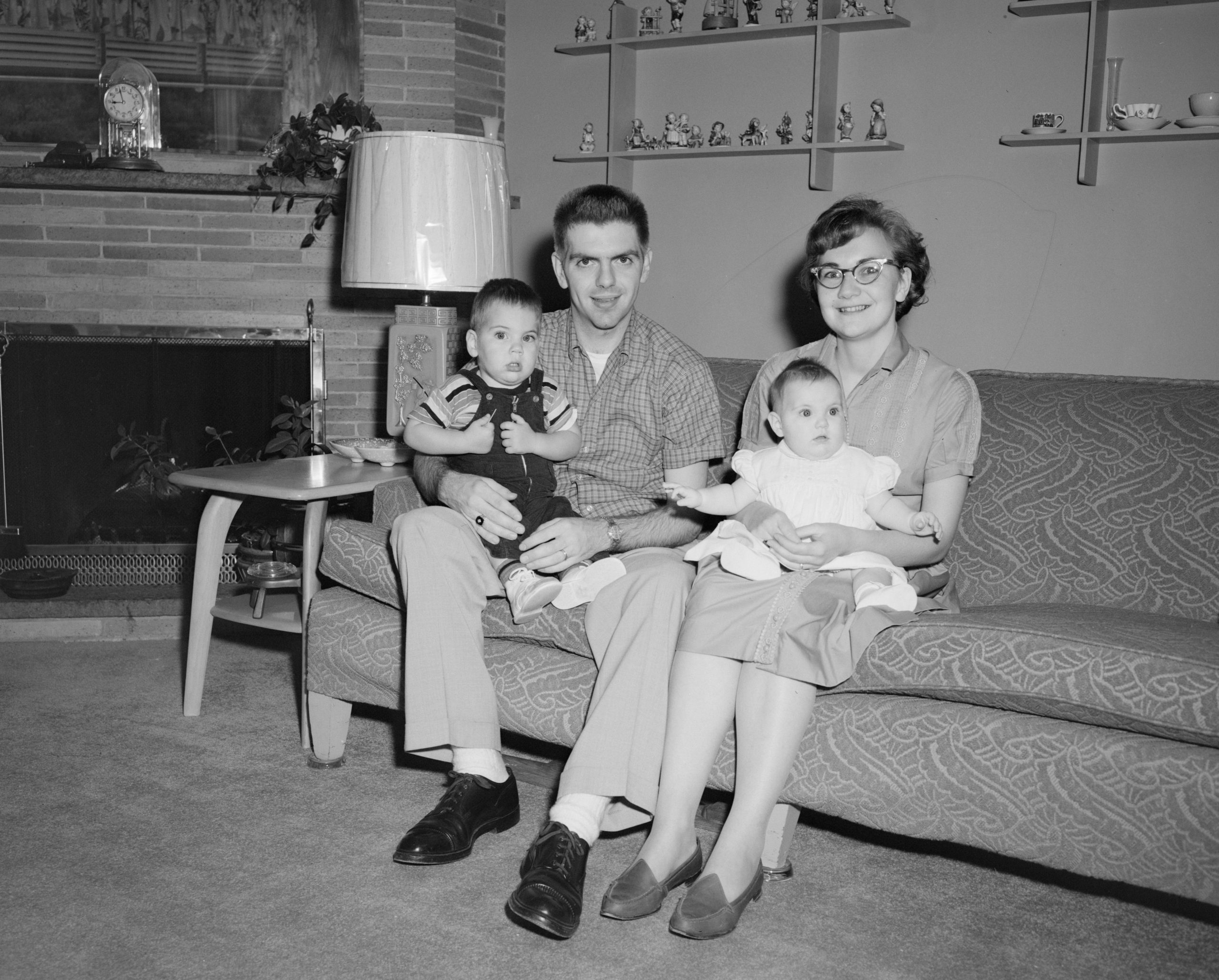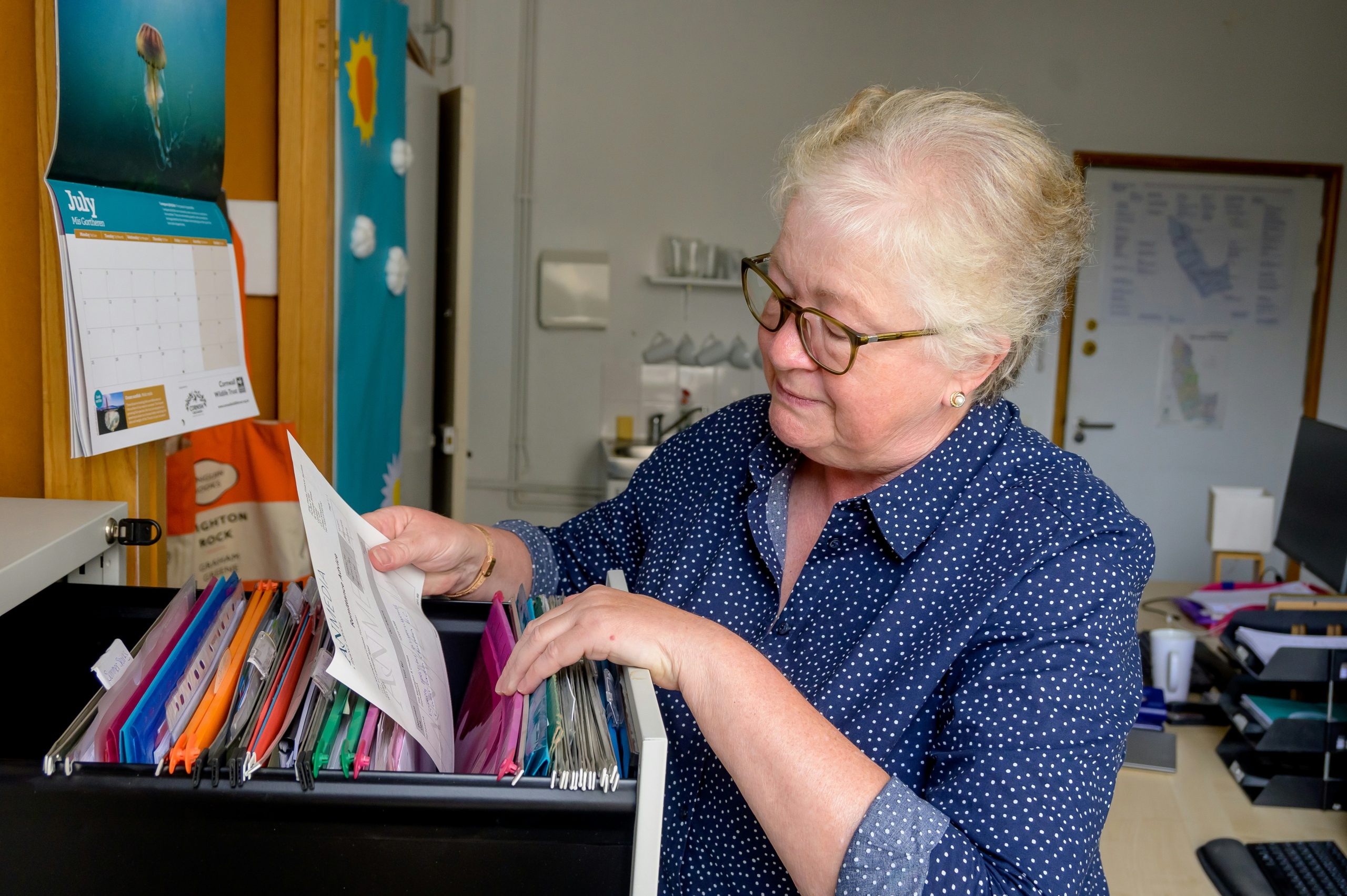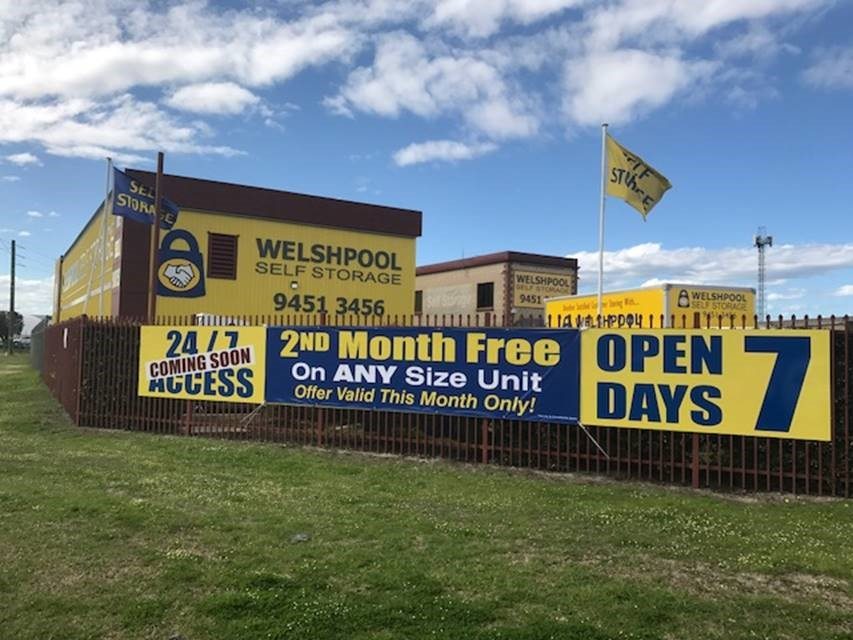
Self storage Article
From Past To Present: The Rich Welshpool History
Explore The Captivating Local Welshpool History
Welshpool is one of the innermost suburbs of the isolated Australian city of Perth in Western Australia. The area is famous for attracting industrial businesses looking for exceptional locations close to the CBD and transport routes. This post explores Welshpool history and how the area became an economic powerhouse over the years,
Welshpool History: Before 1820
Before 1820, the Noongar people inhabited the region now occupied by Welshpool. The society had a deep and rich knowledge of the local waterways and land formations, allowing them to live sustainably. The Perth region may have had spiritual significance for the Noongar people. Archaeologists have found various land formations and landmarks indicating a rich cultural history predating the arrival of Western explorers.
Welshpool History: 1820s To 1900
The period from 1820 onwards marks the birth of the modern district of Welshpool. It came into existence informally as nearby Perth grew as a local trading hub. The district was (and remains) part of the City of Canning to the southwest of central Perth, comprising Victoria Park, East Victoria Park and Cloverdale.
The district gets its name from the Canning River, named in 1827 by British statesman George Canning. During the early period, colonisers settled along the Canning River’s banks. These areas were a prime location for trade and provided fertile land for sporadic farming to feed the burgeoning city. Much of the land in what is now Welshpool was pasture for livestock and milk production. Even so, the region didn’t see any intense farming. Opportunist landowners grazed their animals when they thought it might increase production, but that was roughly the extent of their activities.
Welshpool’s bright commercial and industrial future began to emerge after the District Roads Act of 1871. This provision created a more organised local government structure in the Canning area, allowing local officials to engage in public works.
Before this time, Welshpool and the Canning area had scattered settlements with no formal governing structure to bring everything together. The Act allowed local representatives to start planning the area’s future and how the community might develop.
The main function of the new Road district established under the act was to initiate public works. Money became available for maintaining district roads and building public infrastructure, such as the bridges and drainage systems the community required. These helped to attract industrialists to the area who could tap into labour resources in nearby wards and suburbs.
Welshpool Station opened in 1889 and was one of the original stations on Perth’s Armadale line. The platform allowed workers to travel to the city centre offices and business locations on the edges. It also permitted commuters to go to the area from nearby residential developments. The South Western Railway Line opened in 1893 and ran between East Perth and Armadale. It had numerous private sidings, including one in Welshpool with a government-operated parcel depot. This investment increased the population of the surrounding suburbs as work became available.
Welshpool History: 1900 To 1950
From 1900 to 1950, the City of Canning region and Welshpool continued to grow, providing fertile ground for industrial businesses. Public bodies invested heavily to bring schools, medical facilities, and more roads to the region.
In 1907, officials established the Queen’s Park and Gosnells Road Boards. These administrative areas would eventually lead to the formation of the City of Canning itself on Perth’s southwestern flank.
During this period, the area went through several name changes. These include the Queen’s Park Road District and the Municipality of Queen’s Park. The Queens Park Municipal Council lasted from 1907 until 1915, overseeing the land south of the Canning River, also called the Riverton district, where Welshpool is today. George H. Wilson was the first mayor, and the city elected other councillors, including W.E. Cockram, G.C. Shaw, B. Collins, J. Retchford, U. Bertoli, W.A. Caporn, A.H. Williamson, W.J. Mason and W.B. Fletcher.
The area’s first municipal offices opened in the new Canning Town Hall in 1909. The mayor and the councillors moved to this location to manage the city.
In 1915, labour shortages due to WWI began affecting local industry in the Welshpool area. Consequently, the district reverted to Road Board status, ceasing to function as a Municipality and instead became three wards: East, West, and Central. Each ward had three council members to represent it. Other areas, such as the Riverton Ward, were transferred to the Queen’s Park Road Board in 1920.
The formation of the Canning District Road Board took place in 1921. It was the first time the region used its original name in over a decade.
During the 1930s, concerns grew over the safety of the rail crossing. Road and pedestrian traffic were increasing significantly as the population expanded, and it was clear new bridges and tunnels were necessary.
The number of industrial businesses in the area grew in the run-up to WWII. Australian authorities wanted to use the region for arms production and to maintain Australia’s independence against a resurgent Japan in the Western Pacific. It believed Welshpool’s proximity to railway connections made it the ideal location for investment.
The government commissioned the construction of six small munitions factories countrywide, including one built in Welshpool in 1942. The factory operated until 1945, producing millions of rounds of .303 rifle ammunition. After 1947, the factory became available for private industry. The Chamberlain family purchased the property and converted the facility to tractor and agricultural implement production with the first products rolling off the line in 1949. Over its life, the facility produced over 40,000 kerosene-fueled, 40-HP tractors with horizontally opposed engines. These vehicles were essential for food production in the region.
Welshpool History: 1950 to 2000
The 1950 to 2000 period saw Welshpool’s prominence as an industrial area of Perth grow further. More factories and offices were set up in the region, tapping into the local pool of skilled workers and building on the success of the munitions efforts.
The Welshpool railway continued to play a significant role in the area’s development. Service expansion improved industry provision in the region, allowing workers to travel from other parts of the city to the hub. For instance, during the 1950s, the Railway Department proposed to move the Wellington Street Perth Goods Depot to Welshpool and acquired the land for this purpose in 1958. These works would improve goods distribution across the city. However, the regional plan changed with the construction of the new Forrestfield facility where authorities built a vast freight depot. This project meant shunt trains would need to take a more circuitous route to Welshpool and Rivervale.
To prevent this, authorities built a new line from Kewdale to Welshpool. The short link ran through open paddocks and opened in 1967. Shunt trains ran twice daily from Kewdale to Welshpool and Carlisle, reducing passenger disruption and allowing local businesses to operate more efficiently.
Given its focus on factories, Welshpool didn’t experience significant residential development during this period. While some pockets of housing did develop, the impact of industrial facilities meant most people relocated to nearby wards such as Queens Park, East Cannington, Bentley, Wilson, Riverton and Canning Vale.
At this time, Noel Dawkins was the Secretary of the Canning Road Board and held the Chief Executive position until 1986. His leadership oversaw the growth of the region’s population from 9000 people to over 80,000. Dawkins involved himself in numerous community organisations, including the Greyhound Racing Association, and became an Honorary Freeman of the City in 1986. However, his main work was to divide the city, zoning it for various applications, including turning Welshpool into a hub.
Welshpool After 2000
After 2000, Welshpool’s railway system went into decline. The main depots and sidings closed, owing to greater reliance on roads. Private sidings to the concrete works also shut.
However, this wasn’t the end for the region. During this time Welshpool Self Storage set up facilities and became a community-focused brand and a reliable source for local information and community engagement. The company helped to continue the region’s industrial legacy, bringing the community together and providing helpful storage services to local businesses and individuals. Open Monday to Saturday, the firm offers 24/7 CCTV monitoring for peace of mind and provides packing supplies, such as boxes, and bubble wrap, to keep items safe and secure during storage. The staff at the facility regularly reach out to the neighbourhood and play a vital role in supporting the community as a whole and helping it thrive.
Various other businesses also established operations in Welshpool in the post-2000 era, including logistics and warehousing firms, manufacturers, and transportation and distribution companies. Owing to this investment, the area is now home to metalworking facilities, food processing plants, machinery operators, and building supplies fabricators.
The Welshpool train station closed in 2023, but the area maintains its character. Businesses regularly relocate to the region to take advantage of shared economies of scale.
The main landmarks in Welshpool today are its three complexes of silo towers. These store food for the poultry and agricultural livestock industries.
Contact us
Get in touch with one of our staff
The team at Welshpool are ready and waiting to assist. We’ll be back to you as soon as possible!








